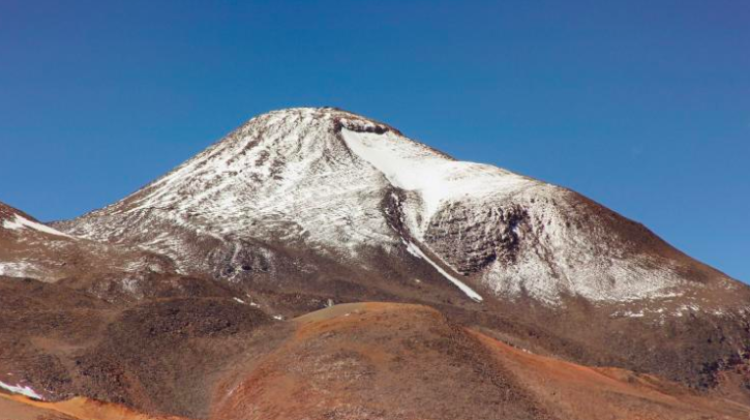The largest Polish scientific expedition to the Andes will set off in the beginning of 2019
 Photo: Fotolia
Photo: Fotolia
The largest Polish mountain expedition to the Andes will set off in the beginning of 2019. Over 40 people will participate, including 10 scientists who will study various methods of acclimatization, says one of the expedition members Dr. Patryk Krzyżak, MD.
The expedition will start on February 18 and end on March 3. The destination are the Central Andes, where volcanoes rise to more than 6,000 m.a.s.l.
"We are making the last preparations, but we are still intensively fighting for sponsors, without whom our expedition would not take place" - said Dr. Patryk Krzyżak, a cardiologist from Warsaw.
The expedition members include specialists from the University of Physical Education, medical universities and the Polish Academy of Sciences. Participants of the expedition, whose originator and leader is Karol Henning, climbing coach of the National Winter K2 Expedition, want to study various methods of mountain acclimatization in the context of their impact on efficiency and health in the mountains.
"We will be the first team in the world to compare the active acclimatization model to standard acclimatization based on setting up camps" - explains Dr. Krzyżak.
Active acclimatization consists in getting to the highest possible altitude during one day and descending back down to the level, to which the participants of the expedition are already acclimated. It requires good training and adaptation to long-term effort.
The standard method determines the maximum allowable daily altitude increase, including the night camp. It is 300-600 meters during one acclimatization stage, and even above 1000 meters during the peak attack.
But it is not known what the maximum possible altitude is during acclimatization climbs if descent is planned on the same day. It is also not always possible to set up camps at the recommended altitudes; that often depends on the conditions on a given mountain, and this, in turn, may require a certain acclimatization method.
The research of the Polish expedition is planned on Ojos del Salado, which is the highest volcano in the world and the highest mountain of Chile (6893 m). According to the organizers, this is an exceptionally good place for such tests. It is possible to set up a base at an altitude of over 5000 m above sea level and get to it by car, which facilitates the transport of medical equipment. That would not be possible in the Himalayas because there are already glaciers at this altitude.
A medical laboratory will be set up in the base, where over 30 people will be tested several times. Some tests will be performed above the base, which will allow to assess short-term, dynamic changes in the body. Expedition members will use advanced medical equipment to analyse physiological changes in the body during acclimatization.
"Our goal is to create scientific publications and share knowledge with the community of high mountain tourists and mountaineers. First of all, we want the knowledge gained during the expedition to be used in practice and improve safety in the mountains" - the organizers of the expedition explain on its website www.activeacclimatization.com.
The main threat during mountaineering is altitude sickness, or hypoxia of the body, the symptoms of which may appear above 2.5-3 thousand m. Extreme conditions start above 5-5.5 thousand m, and in high mountains, such as the Himalayas, the most dangerous area is the so-called death zone above 7.9 thousand m.
At a high altitude, the air contains 21 percent oxygen, just like in the lowlands. But the air is very thin, which is why at higher altitudes there is actually less oxygen. At the tops of eight-thousanders, atmospheric pressure drops to one-third of that at sea level; the amount of inhaled oxygen also decreases to one third. Breathing is additionally more difficult due to strong winds.
The most dangerous stage is descent from the top, because the body is already heavily exhausted by the earlier climbing. The climber must assess whether he or she will be able to not only to climb to the top, but also return to the base. Climbers can not stay too long at the top, because hypoxia can lead to pulmonary oedema and cerebral oedema.
Dr. Krzyżak explains that cerebral oedema affects climber`s perception of the outside world. It causes difficulty in assessing the situation and finding the way to the base when returning from the summit, it also becomes easier to get lost. The climber is more prone to stumbling, which increases the risk of an accident, for example falling into a crevice.
PAP - Science in Poland, Zbigniew Wojtasiński
zbw/ zan/ kap/
tr. RL
Przed dodaniem komentarza prosimy o zapoznanie z Regulaminem forum serwisu Nauka w Polsce.















